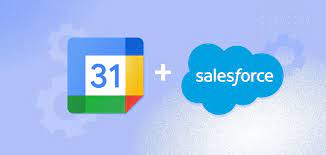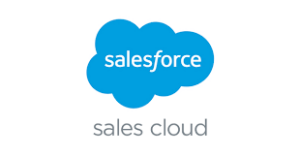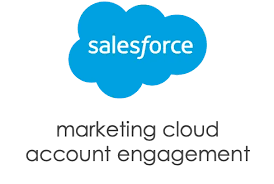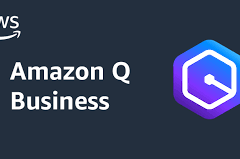- ClickUp Google Calendar Integration.
- Google Tasks Calendar Integration.
- Zoom Google Calendar Integration.
- Slack Google Calendar Integration.
- Salesforce Calendar Integration.
- Google Docs Calendar Integration.
- Asana Calendar Integration.
- Trello Calendar Integration.

Google Calendar Integrations for Workflows
Increase Your Sales Reps’ Productivity
Your sales reps use Gmail and Google Calendar. And they use Salesforce. Isn’t it time reps use those applications together? According to McKinsey & Company, sales reps spend up to 28% of their day in email and calendars. That’s the case with sales reps Erin Donaghue and Lance Park, who work at an emerging solar company, Ursa Major Solar. It’s important for them to bring Salesforce data to the place where they spend so much of their time.
When you integrate Gmail and Google Calendar with Salesforce, you help your reps spend less time entering data and switching between applications. You also help sales teams track important email conversations relevant to Salesforce records. These perks help your reps:
- Eliminate the time they spend on redundant data entry into different applications.
- Access important email messages, scheduled meetings, and relevant Salesforce records in one place, making it easier to craft targeted, meaningful communications to prospects and customers.
- Focus more on what matters most: their sales!
Setting up the Gmail integration and Einstein Activity Capture isn’t difficult, but it does require some time. And if you don’t administer the Google account for your company, you can get that admin to work with you.
Let’s review the productivity features that reps can use in their email when you add Inbox to the Gmail integration.
| The Things Reps Do | With Inbox Features, Reps Can |
|---|---|
| Schedule meetings with customers and prospects, often going back and forth trying to get something scheduled. | Insert open time slots from their calendar directly in an email message. Recipients select which time works best for them, and the integration schedules the meeting. The suggested times update as a rep’s availability changes, even after they receive the email. |
| Wonder whether the email reps sent was ever opened, or whether it’s too soon to follow up. | See when customers open an email and whether they clicked any links inserted in the email. Reps know with certainty when their customers engaged with what they sent. |
| Type the same phrases again and again when promoting your company’s products and services. | Create shortcuts for the phrases they use most and easily add them to the body of their email messages. Reps say goodbye to potentially embarrassing typos and hello to saving time! |
| Engage with customers and prospects at the best time. | Draft an email message and send it when the customer is most likely online. Because timing is everything, reps can schedule when their customers receive the email, so that it makes the greatest impact for a potential sale. |














